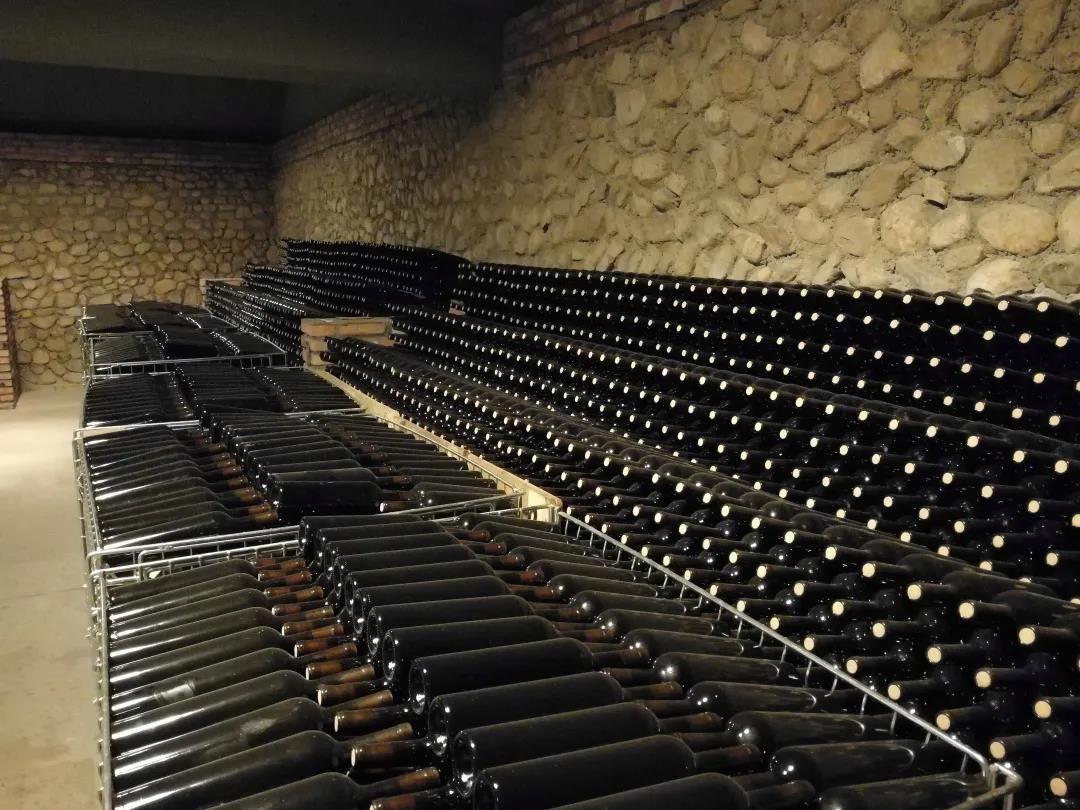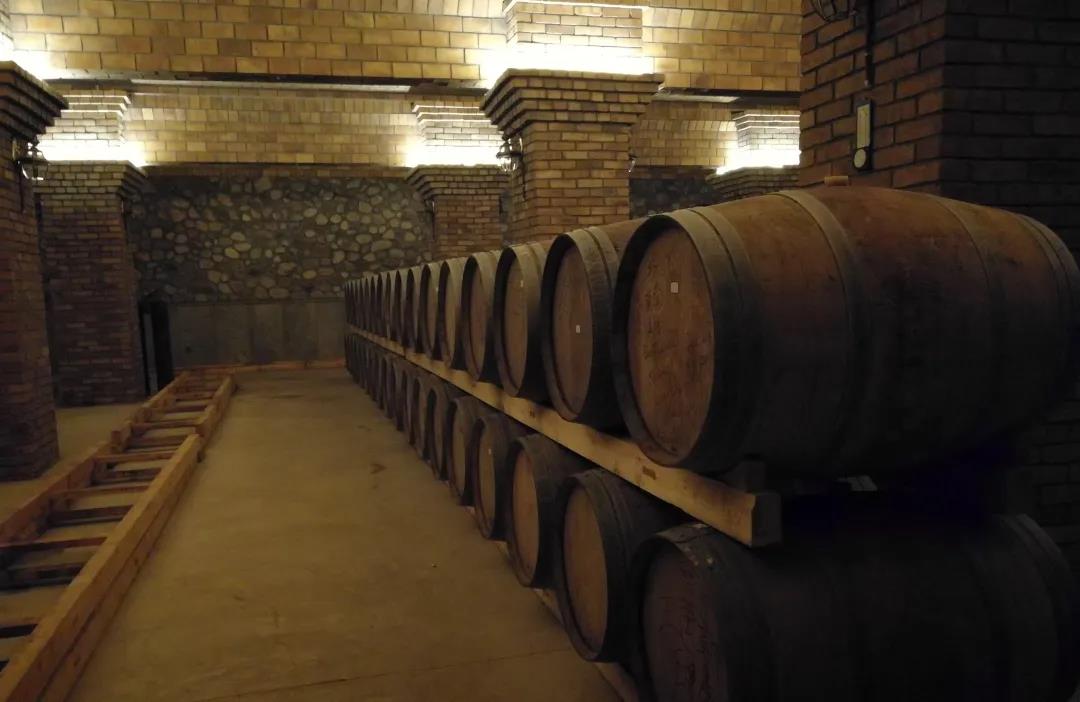Caught between macroeconomic regulation and market-oriented naturalism, industrial policies, such as evaluation criteria and development modes,have long been the focus of a fierce debate among economists.
Drafted by a government based on a society’s political,economic and cultural environments, these policies both encourage and constrain firms in a given industry. Attempts to analyze how effective these policies are thus must go beyond the binary debate of preservation and abandonment at the theoretical level and integrate studies of detailed cases in the real world.
An industrial policy research team headed by Zhou Li-An, Zhang Yanlong and Jiang Wanjun, all scholars with Peking University’s Guanghua School of Management, went deep into China’s local industries as part of a field study project in a bid to offer references for the country’s industrial policy making.
Based on field studies in 2017 and 2018, the team now releases the first study report focusing on wineries in the Helan Mountain East Region in northwest China’s Ningxia Hui Autonomous Region.
Long plagued by barren land and poverty, the region has transformed into the country’s largest grape planting and processing base over the past decade. In the last five years, more than 700 wines produced there reaped top awards in leading competitions across the world. The region currently has 86 wineries with a total worth of more than 23 billion yuan (3.25 billion U.S. dollars).
Guanghua’s study shows that two main factors led to this eye-watering transformation: the introduction of a “small winery,big base” policy, and a series of policies that pushed for a transition from factory-based wine-making to the winery mode.

SMALL WINERY, BIG BUSINESS
Due to low reputations, high production costs, special climates and a late start, Ningxia has no advantages in wine-making compared to the provinces of Shandong and Hebei. Low tariffs for imported wines following China’s joining WTO also led to fiercer competitions for China’s winery industry.
With a decision to forsake the usual factory production mode, the region began to encourage small wineries that could make full use of every patch of land and incorporate local features into their products so as to find a footing in a market characterized by diversified demand.
“Ningxia’s limited land,water and human resources restrict the scales of wineries,and that’s why the eastern Helan Mountain had to follow a small winery strategy to produce high-end wines,”says Li Demei,vice secretary-general of the vine society of China Association of Agricultural Science Societies.“But small scale doesn’t necessarily mean low profits,and those wineries can always boost their products’values through higher qualities.”

LATE BLOOMER
Related authorities must make a set of market entry rules to ensure that wine-making ingredients and crafts are are well-regulated. Meanwhile,industrial policies should be in place to support wineries’development and determine technical standards and even a winery rating system.
For an underdeveloped region like Ningxia, local firms lack vigor and technical know-how to build industrial infrastructure all by themselves, and government intervention is a must to lay the foundation for business development.
Specifically, Ningxia set up the country’s first provincial-level winery management committee directly supervising the eastern Helan Mountain region, taking the duty from multiple departments. An international vine and wine union was also founded to bridge government and wineries, region and market as well as Ningxia and the world.
In terms of operations, Ningxia transferred the certification power for its wine industry to the province level, building a highly concentrated management mechanism. Such a system,if implemented in Shandong or Hebei, will likely lower efficiency. However, Ningxia has fewer counties and cities within its jurisdiction so the concentrated management didn’t hinder efficiency but enabled a direct communication line between the provincial-level government and local officials and wineries.
In 2003, the region gained a special label certifying wines made in the Helan Mountain East Region, and the label was later rephrased into “product of geographical indication” that enjoys protection status.
According to the country’s rules, such products must meet two requirements: ingredients and products must be locally sourced;product quality must be higher than that of other similar products made in the region, which means that grape-planting, wine-making and other aspects must stick to strict production criteria.
By this point, the region has already created a comprehensive management system for its wine industry. Following a regulation approved by Ningxia’s legislature to protect the winery region, the provincial-level government, following the practice of France, presented the country’s first winery rating system that follows strict standards.

WHERE DO WE GO FROM HERE?
In 2017, an article questioning the region’s winery development mode went viral, leading to a debate on the merits of winery scales and whether the region should cultivate a bigger customer base with low-end wines or target elites with prestigious products. One thing people seemed to agree on was that smaller wineries, despite production agilities, have a hard time independently winning a market share.
The debate revealed a chasm inside the region’s wine industry and also foretold an upcoming policy change. Since 2018,Ningxia’s wine industry has focused more on brand construction — the government promoted the region brand, while wineries trumpeted brands of their products. Meanwhile, government support was tilting more towards bigger wineries.
The success of the Heland Mountain east region first lies in the local government’s efforts to make full use of local resources to support industrial development. Its subsequent management design and policy reform saw to that the local winery industry had consistent and effective policy support to keep thriving.
That said, industrial policies will have to change in accordance with the greater environment and keep pace with firms’ growth to maintain their effects. Also, a government must adjust its own role in a local industry’s different stages of infancy, growth and maturity to ensure firms’ healthy development while avoiding stifling their vigor and creativity.
The winery industry in the Helan Mountain east region thus shed light on the policy design in other winery regions as well as China’s wine industry in general.
As for the Helan Mountain winery, is there another possibility for future development besides forming partnerships with winery giants or even getting merged?
According to Li Demei, instead of each winery exerting scattered and weak efforts to promote its own products, small wineries in the region should form its own union or take full advantage of the local vine and wine union to promote their products as a group so as to ensure greater influence with lower costs.
However, such a market-based union among wineries must be able to develop its own independent coordination mechanism in order to see positive results, which will largely depend on whether the local government has enough trust in these firms to give them more freedom and refrain from meddling. This union can only reap maximum benefits when government and firms maintain mutual respect and a smooth, two-way communication channel.
 Programs
Programs